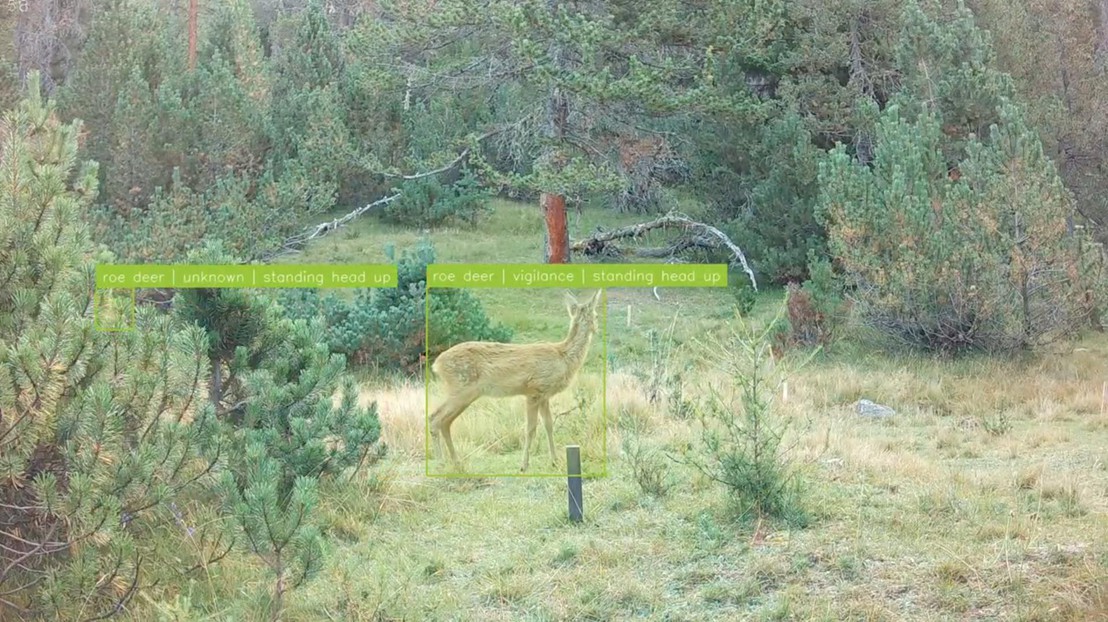2025-06-16 スイス連邦工科大学ローザンヌ校(EPFL)
 two roe deer foraging, with manual annotations for each individual animal. Credit: A. Mathis (EPFL)
two roe deer foraging, with manual annotations for each individual animal. Credit: A. Mathis (EPFL)
<関連情報>
- https://actu.epfl.ch/news/ai-monitors-wildlife-behavior-in-the-swiss-alps/
- https://arxiv.org/abs/2503.18223
MammAlps スイスアルプスにおける野生哺乳類のマルチビュービデオ行動モニタリングデータセット
MammAlps: A multi-view video behavior monitoring dataset of wild mammals in the Swiss Alps
Valentin Gabeff, Haozhe Qi, Brendan Flaherty, Gencer Sumbül, Alexander Mathis, Devis Tuia
arXiv last revised 4 Jun 2025 (this version, v2)
DOI:https://doi.org/10.48550/arXiv.2503.18223
Monitoring wildlife is essential for ecology and ethology, especially in light of the increasing human impact on ecosystems. Camera traps have emerged as habitat-centric sensors enabling the study of wildlife populations at scale with minimal disturbance. However, the lack of annotated video datasets limits the development of powerful video understanding models needed to process the vast amount of fieldwork data collected. To advance research in wild animal behavior monitoring we present MammAlps, a multimodal and multi-view dataset of wildlife behavior monitoring from 9 camera-traps in the Swiss National Park. MammAlps contains over 14 hours of video with audio, 2D segmentation maps and 8.5 hours of individual tracks densely labeled for species and behavior. Based on 6135 single animal clips, we propose the first hierarchical and multimodal animal behavior recognition benchmark using audio, video and reference scene segmentation maps as inputs. Furthermore, we also propose a second ecology-oriented benchmark aiming at identifying activities, species, number of individuals and meteorological conditions from 397 multi-view and long-term ecological events, including false positive triggers. We advocate that both tasks are complementary and contribute to bridging the gap between machine learning and ecology.


